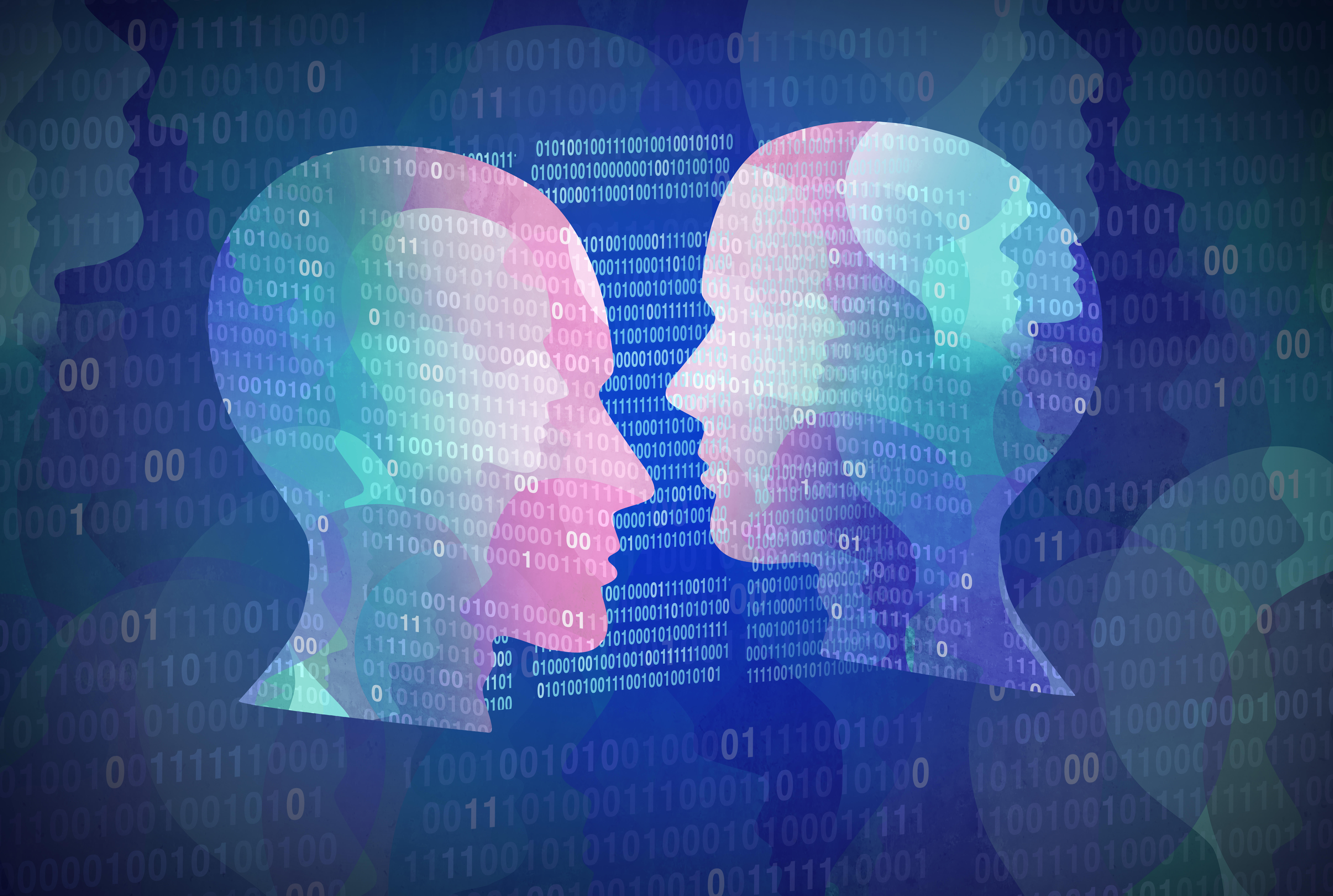Artificial Intelligence (AI) has become an essential component in many modern workplaces, enhancing communication and collaboration among team members. With the advent of AI-powered apps like ChatGPT and Google Bard – to name just two – workers are now able to communicate and collaborate more efficiently and effectively within the everyday apps they’ve been using for years, like Office 365, Microsoft Teams, Zoom, and Slack.
ChatGPT is one of the most commonly talked about examples of AI technology, and chances are you’ve already heard it mentioned a lot in 2023. ChatGPT is a language model developed by OpenAI that can generate human-like responses to text prompts. Users can leverage ChatGPT algorithms to write essays, poems, short stories, cover letters and so on, all in a specified tone of voice. ChatGPT is even clever enough to write basic computer programs and code.
Google recently announced that its answer to ChatGPT, the aforementioned Google Bard, has entered its next stage of rollout, with users in the U.S. and U.K. now able to join a waiting list to test the app out for themselves.
But, putting aside functions such as poetry and storytelling, how can ChatGPT and similar AI offerings be used by organizations to increase productivity among staff? As Google Bard remains in its infancy and there is therefore little information to go on, this article primarily focuses on the known workplace capabilities of ChatGPT technology, especially as Microsoft, Zoom and Slack have all announced their own partnerships with ChatGPT that weave this AI technology into their existing applications.
How Can AI Technology Revolutionize Communication and Collaboration in the Workplace?
Companies are already using ChatGPT to automate customer service inquiries, answer frequently asked questions, and provide general customer support. However, ChatGPT can also be used to facilitate communication and collaboration among team members within apps like Microsoft Teams, Zoom and Slack.
AI technology like ChatGPT can help team members schedule meetings by suggesting the best times for everyone based on their availability. It can also assist in project management by automatically updating task lists and sending reminders to team members about deadlines. AI technology can even provide suggestions for how to respond to difficult emails or messages, which can save time and reduce the risk of miscommunication between team members.
Microsoft recently announced the launch of Microsoft 365 Copilot, a software feature powered by ChatGPT technology. In a pre-recorded virtual launch video, Microsoft showcased Copilot drafting emails, creating PowerPoint presentations, writing Word documents and analyzing sales data in Excel.
A significant portion of the virtual launch was dedicated to Copilot’s anticipated function within Microsoft Teams. For example, if a worker joins a meeting late, Copilot can compose a summary of what they’ve missed in order to get them quickly up to speed. At the end of the meeting, Copilot can provide a meeting recap, including a summary of the meeting and any follow-up tasks to come out of it.
Zoom also recently announced a range of new ChatGPT-powered AI features within its own platform, Zoom IQ. Zoom users can compose emails and messages and summarize meetings with the help of AI.
Features such as these will, in theory, make many day-to-day tasks quicker and more efficient for users, while also providing the benefit of an automated paper trail after every meeting. This can help team members track outstanding tasks and keep everyone clear on their assigned roles within a given project.
Likewise, as most modern organizations continue to operate under a hybrid working model, AI can quickly translate spoken and written text into different languages to facilitate communication on a global level. Breaking down that language barrier might help foster a sense of teamwork and collaboration between teams that would never normally be able to collaborate so closely.
What Are the Drawbacks to AI Technology in the Workplace?
As you can imagine, AI technology like that offered by ChatGPT and Zoom IQ won’t be perfect. These and similar products will perhaps make errors and present biases. Likewise, AI technology will not always pick up on subtle nuances of human communication, such as sarcasm, meaning it will occasionally provide inappropriate responses to queries.
AI technology also does not possess human-level common sense. For example, it may not yet be able to decipher a team member’s spelling error in order to ascertain what they really meant in their query.
Some people may be concerned about the potential risks associated with AI-powered apps. For this reason, some level of actual human oversight will always be necessary. As Microsoft implies with the name “Copilot,” AI technology is designed to assist workers, not to take the reins entirely.
Then, of course, comes the issue of computational costs. AI technology like that offered by the likes of ChatGPT and Google Bard is highly complex and sophisticated and can require substantial computational resource in order to operate effectively and efficiently, possibly even requiring specialized software and hardware systems. This could make it very expensive to deploy and/or maintain.
In Conclusion
When used effectively alongside, and not in lieu of, a happy and motivated team of workers, AI technology has the potential to revolutionize the way modern organizations communicate and collaborate, increasing efficiency, boosting morale, and simply making day-to-day tasks a bit easier for everyone.









